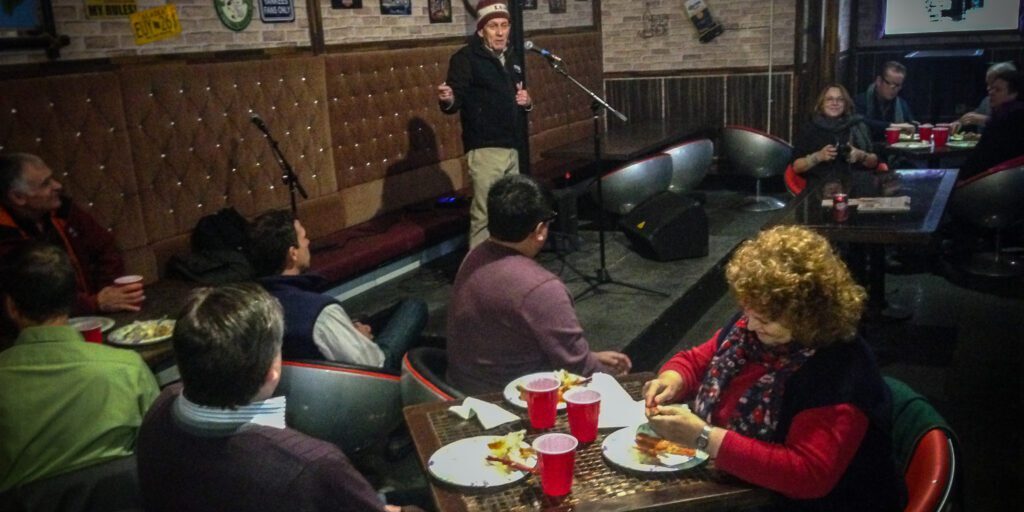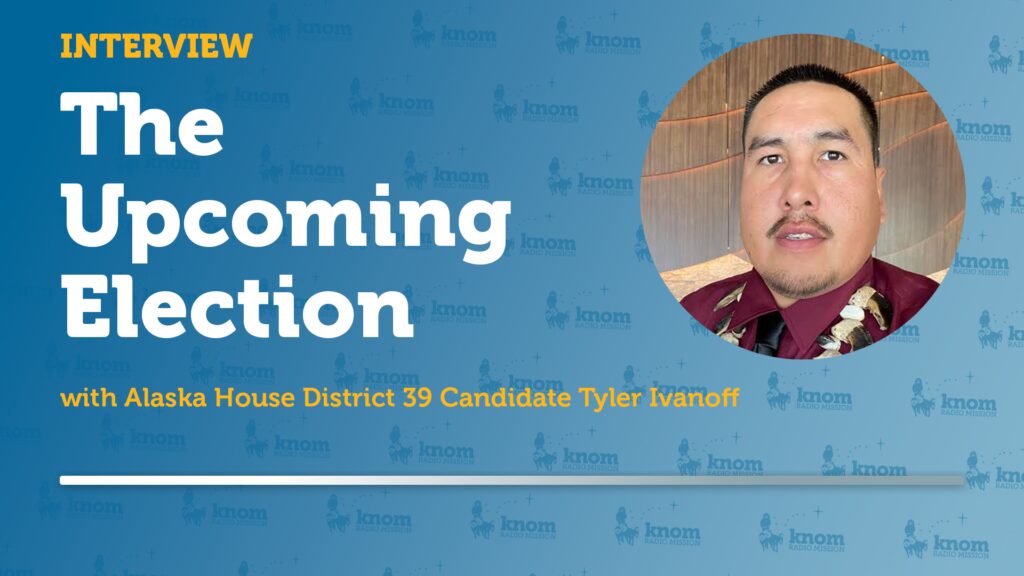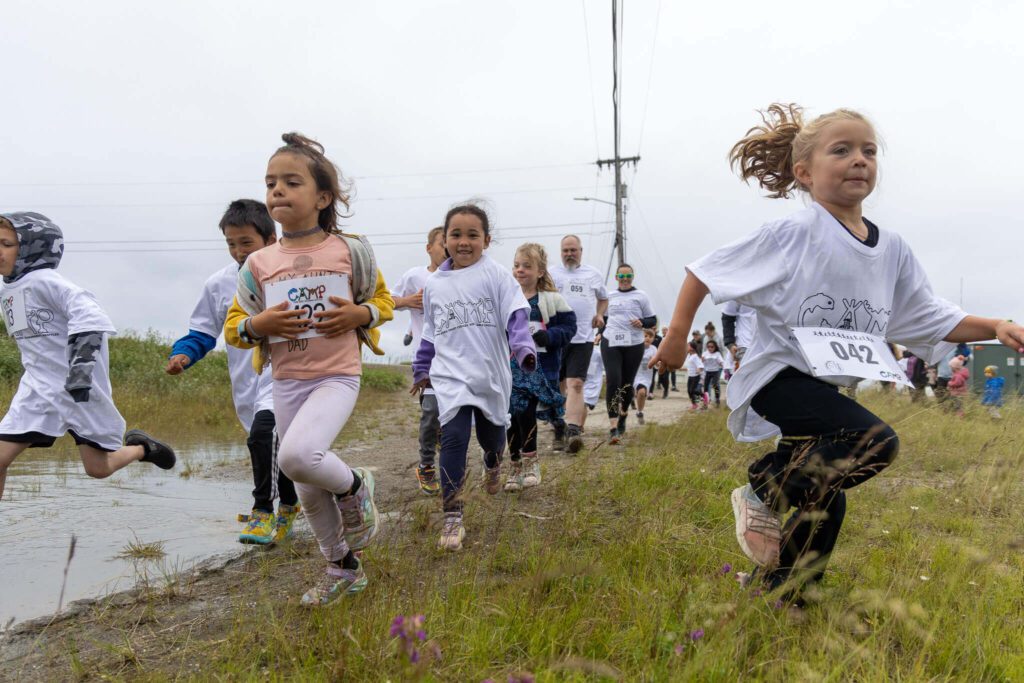When you come from a small town, it’s hard not to feel left out of all the action. Anchorage has been seeing a lot of that action lately, with the President’s visit in August, the Alaska Federation of Natives Convention earlier this month, and, just last week, a Senior Arctic Official Meeting for the Arctic Council. So, when some of those Arctic Council delegates choose to spend one of their afternoons visiting Nome, the welcoming party was not to be missed.
Nome’s mayor, port director, city manager, and city clerk were among those that joined the visiting delegates for lunch at The Bering Sea Bar and Grill. Delegates mingled with locals over a meal of baked halibut and king crab, both donated by Norton Sound Seafoods.
Holding a plate full of steamed crab legs, delegate Dwayne Smith previewed the diverse crowd that convened in Nome for the afternoon.
“There are representatives here are from Scandinavia, Canada myself, you’ve got people from Norway, you’ve got Swedish representation, Finland, and then you’ve got other indigenous groups here with us as well.”
Smith is president of the Inuit Circumpolar Council, known as the ICC, for Canada. He said that while the diversity of delegates from countries throughout the Arctic is special in and of itself, the inclusion of indigenous peoples is what makes the Arctic Council exceptional.
“The Arctic Council is a very unique forum where the eight Arctic states throughout the circumpolar Arctic are the state representatives on the [council], but at this forum, they also have indigenous people sit right at the table with the eight Arctic states to discuss the issues that are on the agenda at the time.”
The Arctic has a population of about 4 million people, an eighth of whom are indigenous to the region. They’re represented at the Arctic Council as ‘permanent participants.’ They’ve got a seat at the table, but decision making remains in the hands of the eight arctic states. The ICC is one of those permanent participants, representing Inuit peoples like Smith from Canada but also from Alaska, Greenland, and Chukotka.
Gunn-Britt Retter is representing another of those permanent participants—the Sami Council. She’s visiting Alaska from Finland, though Saamis span across northern Sweden, Norway, and Russia. Retter sees the value in having a seat at the table but emphasizes the benefit of sharing stories and solutions amongst members of the indigenous councils.
“Over the years, I’ve realized that we have so many similar issues, while we are also different,” Retter explained, adding, “living in the Circumpolar North, we might have similar challenges in our part of the world so we can learn from each other.”
One of the challenges throughout the Arctic is access to cheap energy. Even with fuel prices low, heating costs remain high in the remote north. After lunch, the delegation got a glimpse of Nome’s effort in that area, touring Banner Wind Farm. They also toured Nome’s port, fish processing plant, and a local dog lot, industries that are common throughout the Arctic.
Nils Andreassen, Director of the Institute of the North, served as the host for the delegation and said that it’s important for delegates to see the small town realities of the Arctic.
Andreassen described the response from the delegation as “tremendous.” He said that the visiting delegates are “so excited to be in Alaska, so excited to be able to take advantage of this opportunity to [come] to the Arctic, to a community that they haven’t experienced before and give them a sense of the way of life in Alaska.”
While their time in Nome was brief, boarding the evening flight back to the action-packed hub of Anchorage, they’ll hopefully be taking with them a few lessons from one of Alaska’s more remote communities.







